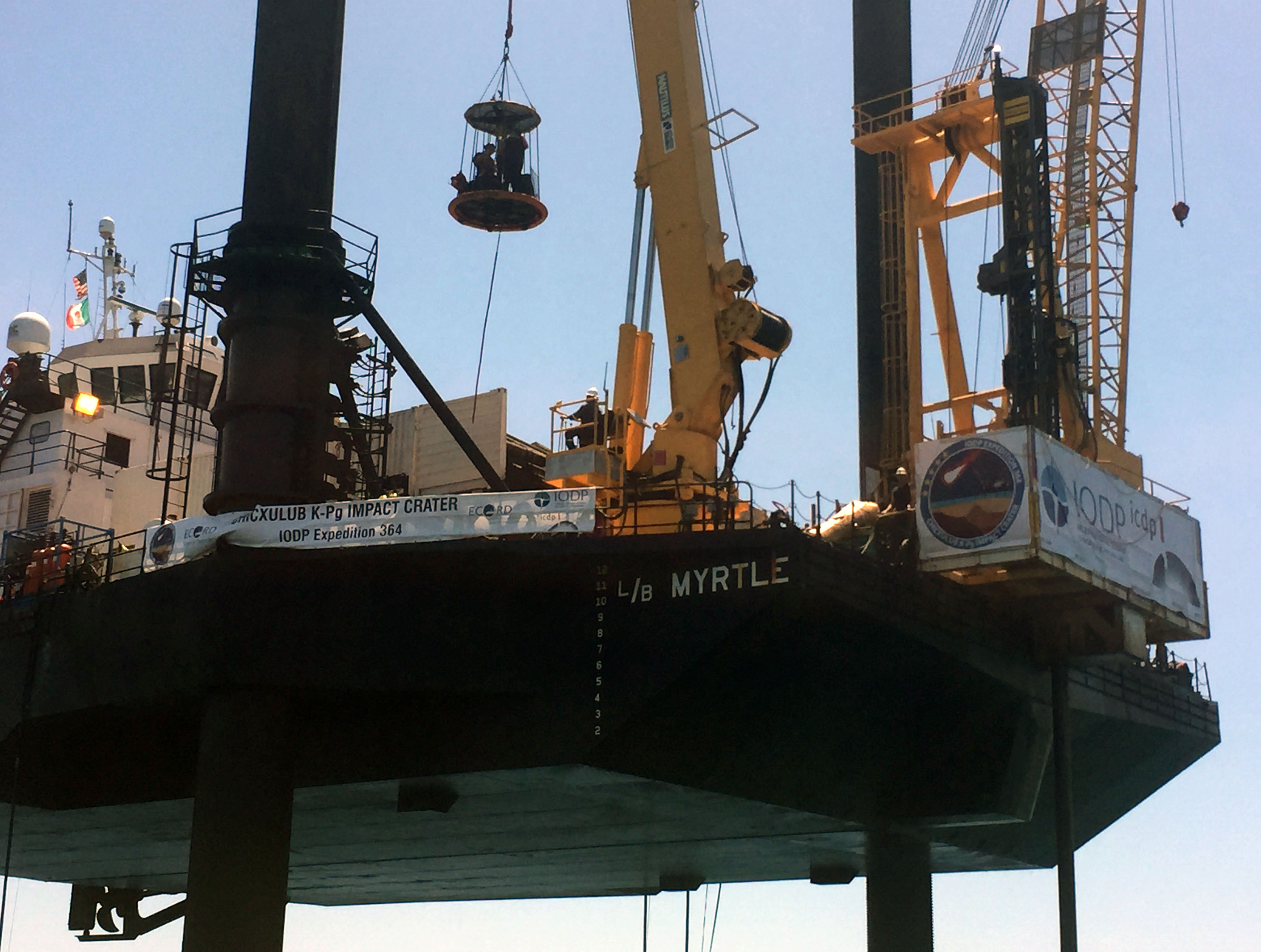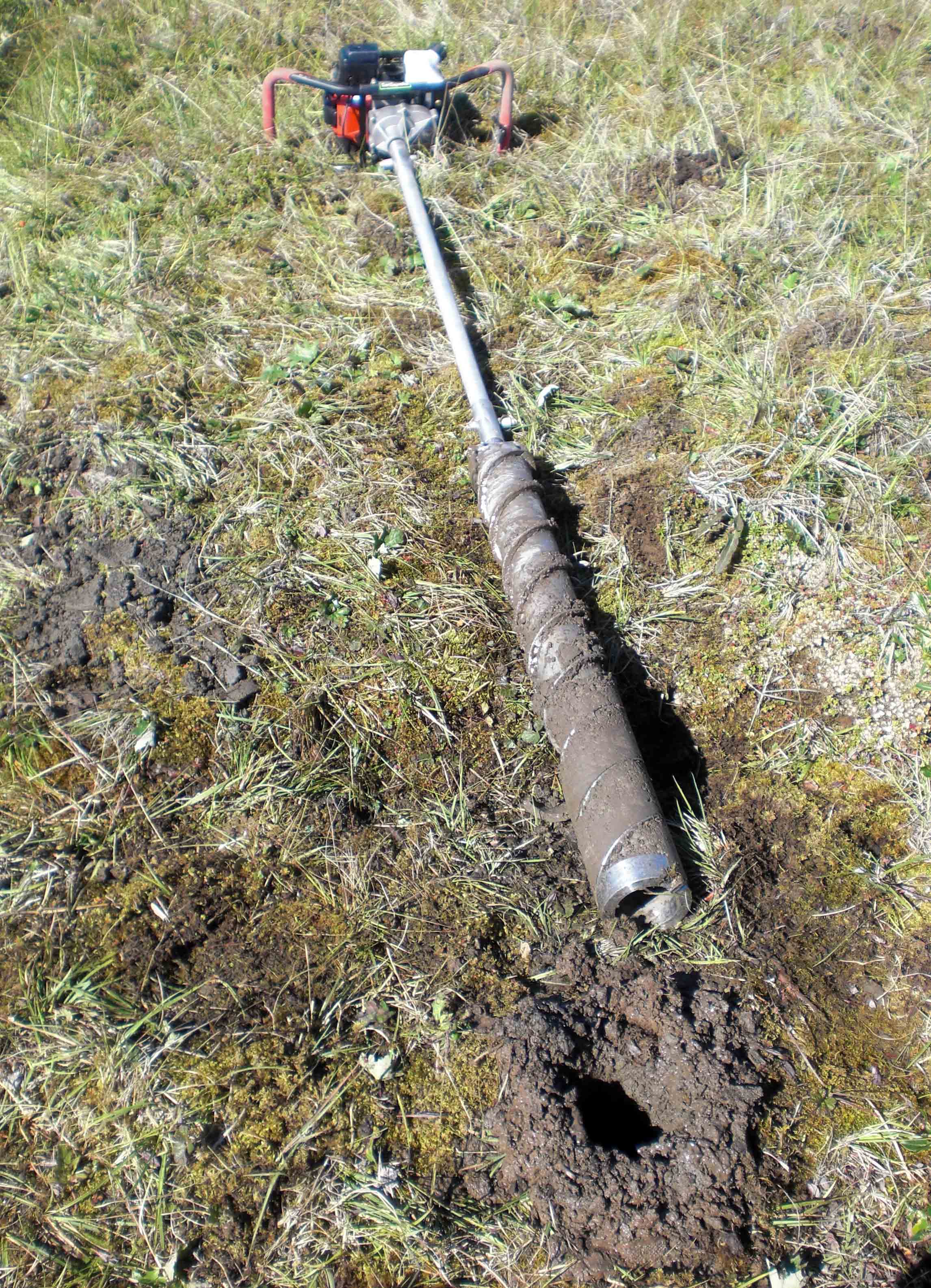- Home
- Science Introduction
- Wg
- PaleoEcoGen
- PaleoEcoGen Scientific Goals
PaleoEcoGen scientific goals

The overarching goal of the PaleoEcoGen working group is to enhance ancient eDNA research and to use this new data to advance our knowledge of critical environmental transitions in Earth’s history.
We will focus on streamlining and enhancing current international ancient eDNA research and develop new methodologies (incl. synthetic analyses, and modeling approaches) to investigate critical environmental transitions based on ancient eDNA time series. Ultimately, this will help to inform conservation efforts and future biodiversity and whole ecosystem assessments.
Objective 1: Establishing an international paleoecogenomics network
This network will consolidate existing collaborations and will foster new ones across disciplines and countries in order to share knowledge, identify new research avenues and coordinate applications to funding bodies.
We will draw on the collaborative network of the sedaDNA scientific society, a recently (2021) established initiative comprising >240 members in 28 countries. This group includes leading experts in paleo(eco)genomics, as well as numerous early-career researchers.
Our WG will leverage this burgeoning effort to distribute news/updates, share knowledge and reinforce collaborations, particularly with researchers from countries in which the field of ancient eDNA is not yet strongly developed. As such, this WG will closely work with the African sedaDNA working group, to empower African researchers and help them take part in ancient eDNA research, as well as other working groups that may emerge in future.

Objective 2: Identifying challenges and improving methodologies for ancient eDNA research
The WG will initiate sub-group (task force) discussions to identify current methodological challenges (sampling, molecular, and bioinformatics protocols) and knowledge gaps related to the use of ancient eDNA to reconstruct past critical changes in ecosystems. This work will lead to the coordination of project proposals with the aim of filling identified knowledge gaps. This will aid the comparability of datasets and improve statistical power to draw sound ecological interpretations.
Objective 3: Applying paleo(meta)genomics to characterize past global changes
We will capitalize on the outputs of objectives 1 and 2 to compile datasets into a global inventory that encompass numerous critical transitions. This work will be facilitated by the ongoing work of Jack Williams and colleagues in incorporating ancient eDNA datasets into NEOTOMA, a repository for paleoecological data.
The ancient eDNA dataset will be jointly analyzed to identify critical transitions across the planet and over long timescales and to study the mechanisms behind. To analyze the data, we will build on a modeling framework developed by the previous Aquatic Transitions WG (Taranu et al. 2018) and currently being developed for multivariate datasets (Taranu, Carpenter et al. in prep).